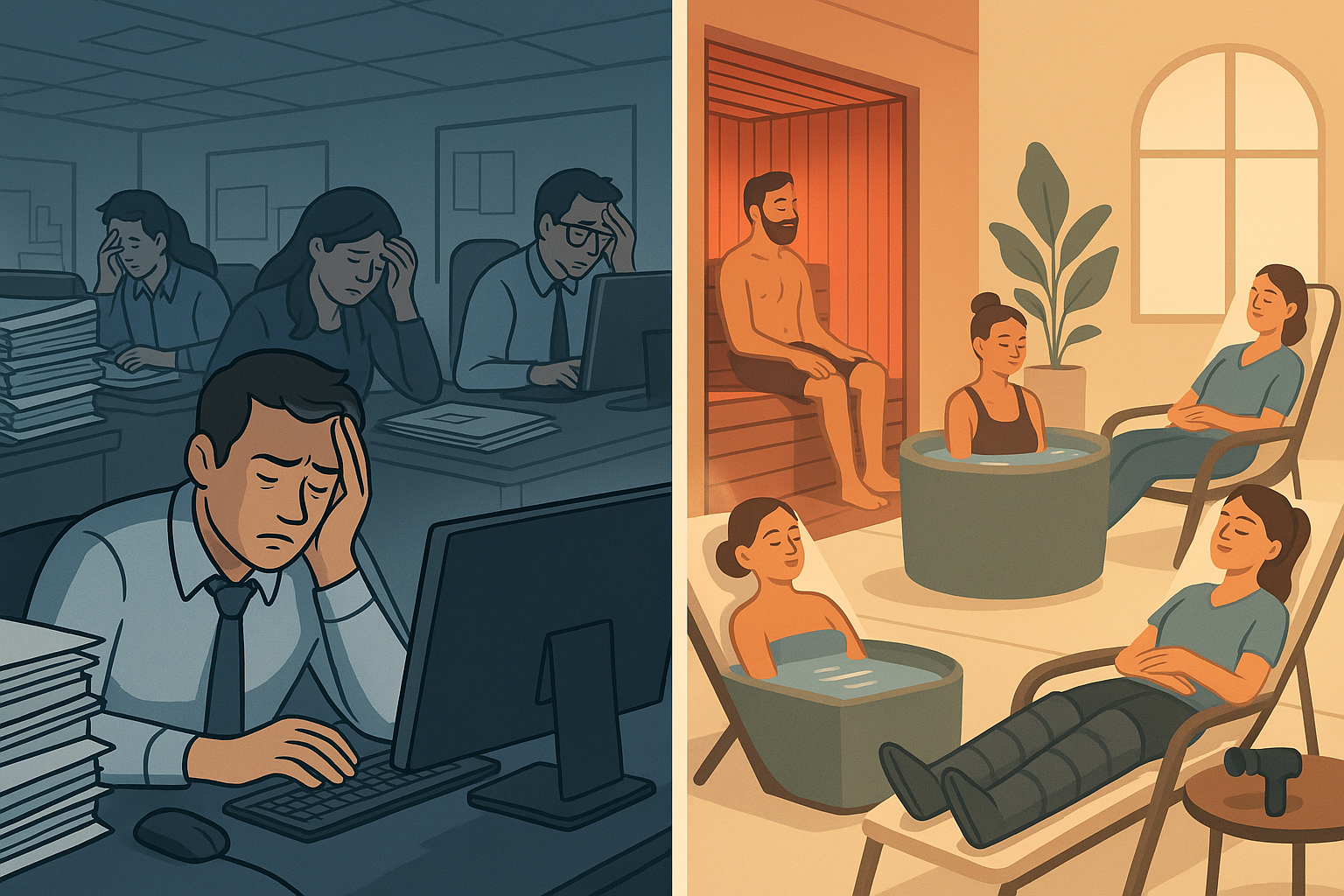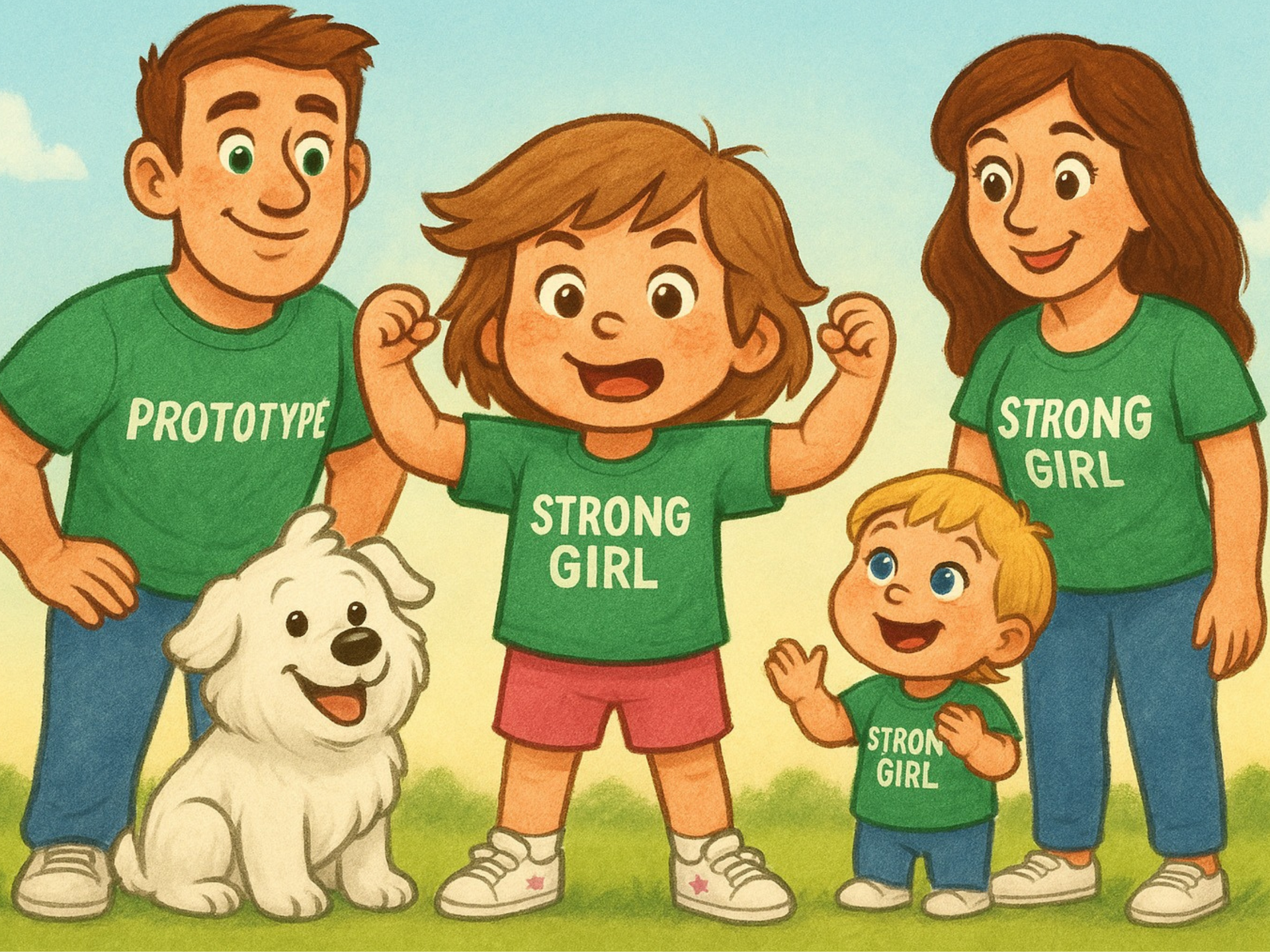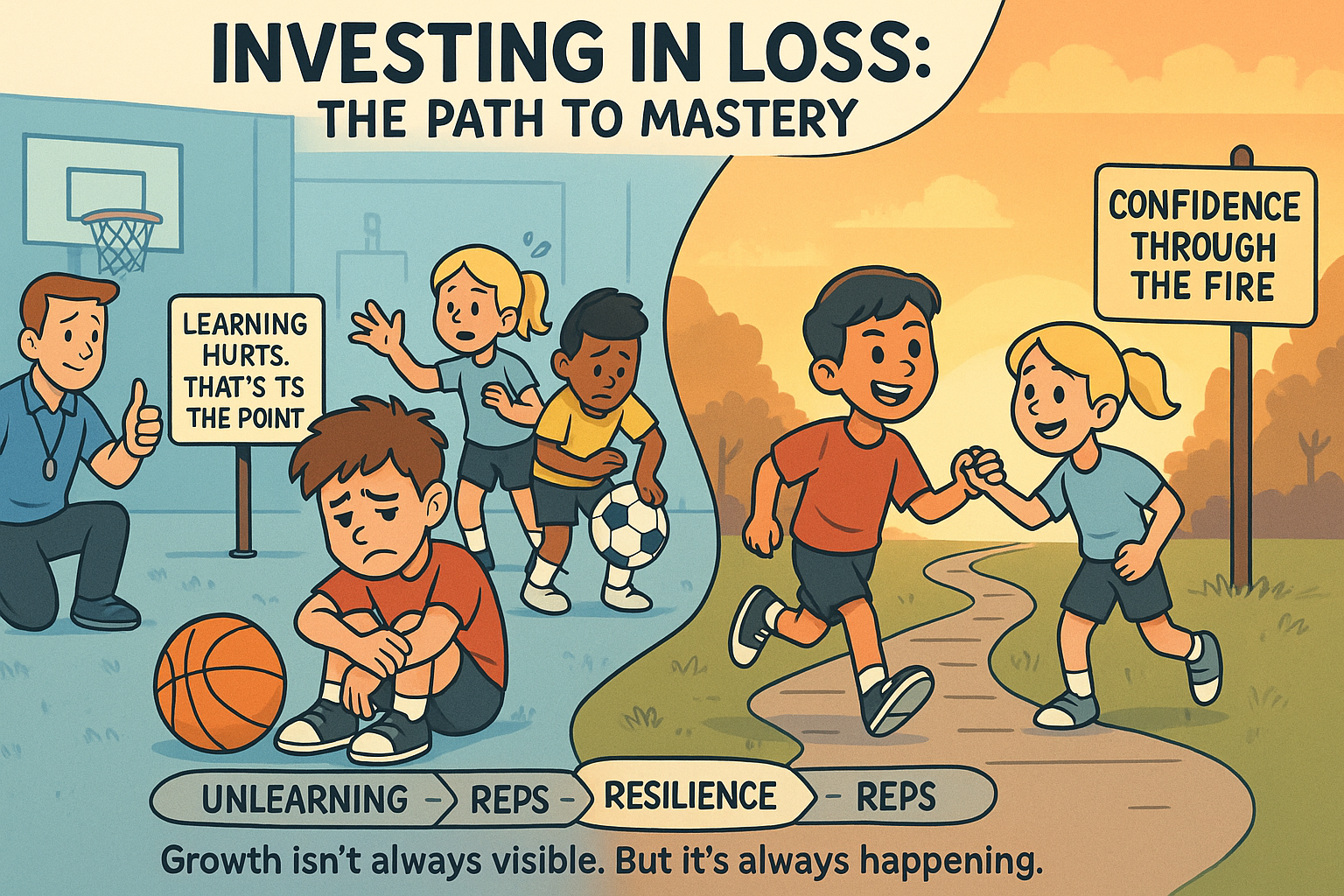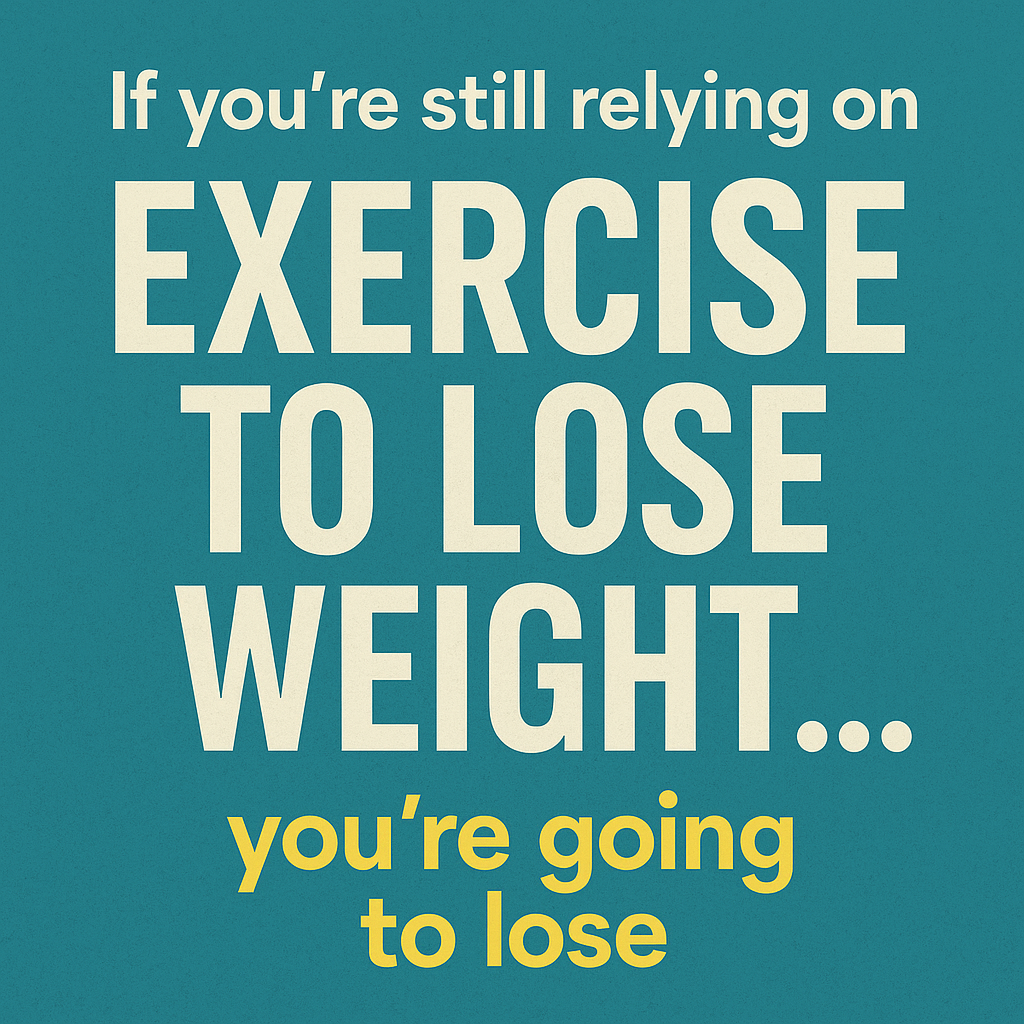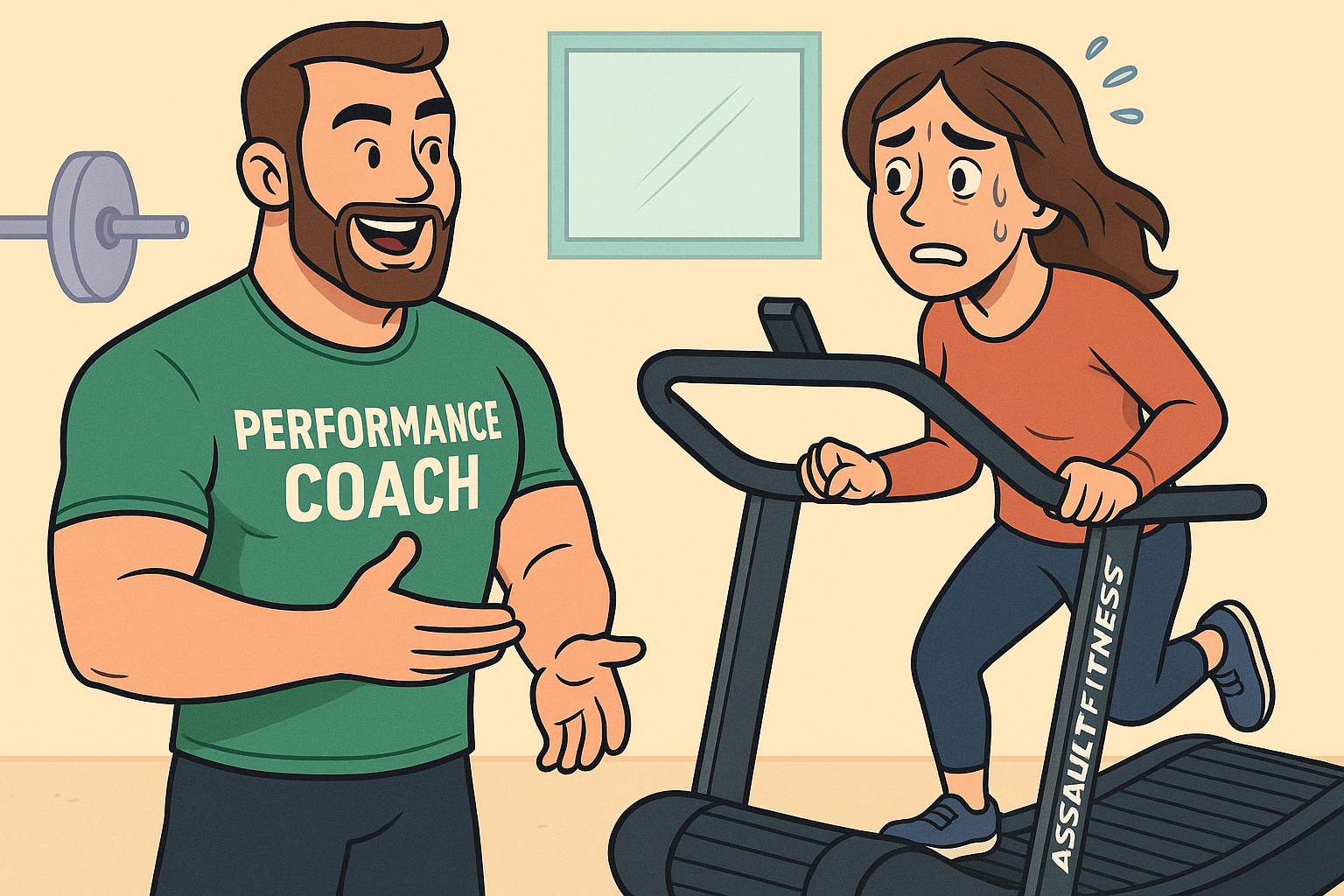
Kathy has been an amazing member of the PTS community for 12 years and an incredible part of our community. Here, she shares her journey with Prototype. Thank you for being you — you truly deserve to be our July POM! 1.) Share your experience at Prototype I love Prototype. I knew Mike and Brian from BSC and Mike approached me one day, saying that he thought I would really love a crossfit workout. Naturally, I thought he was out of his mind. I have loved every minute of my time for the past 12 years. 2.) What is your favorite part about being at Prototype? The community. No matter what class I take, everyone is warm and welcoming. It isn’t always easy to walk into a new class, at Prototype that is never an issue for me. 3.) What are your hobbies and activities? I love to travel. I enjoy hiking, walking, tennis and swimming. 4.) How has Prototype helped you or solved a problem for you? When I am at Prototype, I can block out the noise of the world around me and just breathe. 5.) What are you continuing fitness goals to this point? My dad lived until 101.5 years old. He always did some form of exercise and it paid off for him. My goals are to continue to be active, get on the floor with my grandchildren and be able to get up. I really feel that exercising is akin to making a deposit for the future. There will come a time when I will have to make some withdrawals, and I want to have enough deposits to cover those withdrawals. 6.) Favorite Quote In a world where you can choose to be anything, choose to be kind

1.) Share your experience at Prototype. My experience at Prototype has been amazing. I really appreciate the culture and community at the gym. 2.) What is your favorite part about being at Prototype? The people are friendly, supportive and they love to celebrate each other. 3.) What are your hobbies and activities? Gym, golf, and hiking 4.) How has Prototype helped you or solved a problem for you? I’ve learned to view fitness as more of a journey with my future self in mind. . 5.) What are you continuing fitness goals to this point? Improve my mobility and proper lifting form. 6.) Favorite Quote You miss 100% of the shots you don’t take
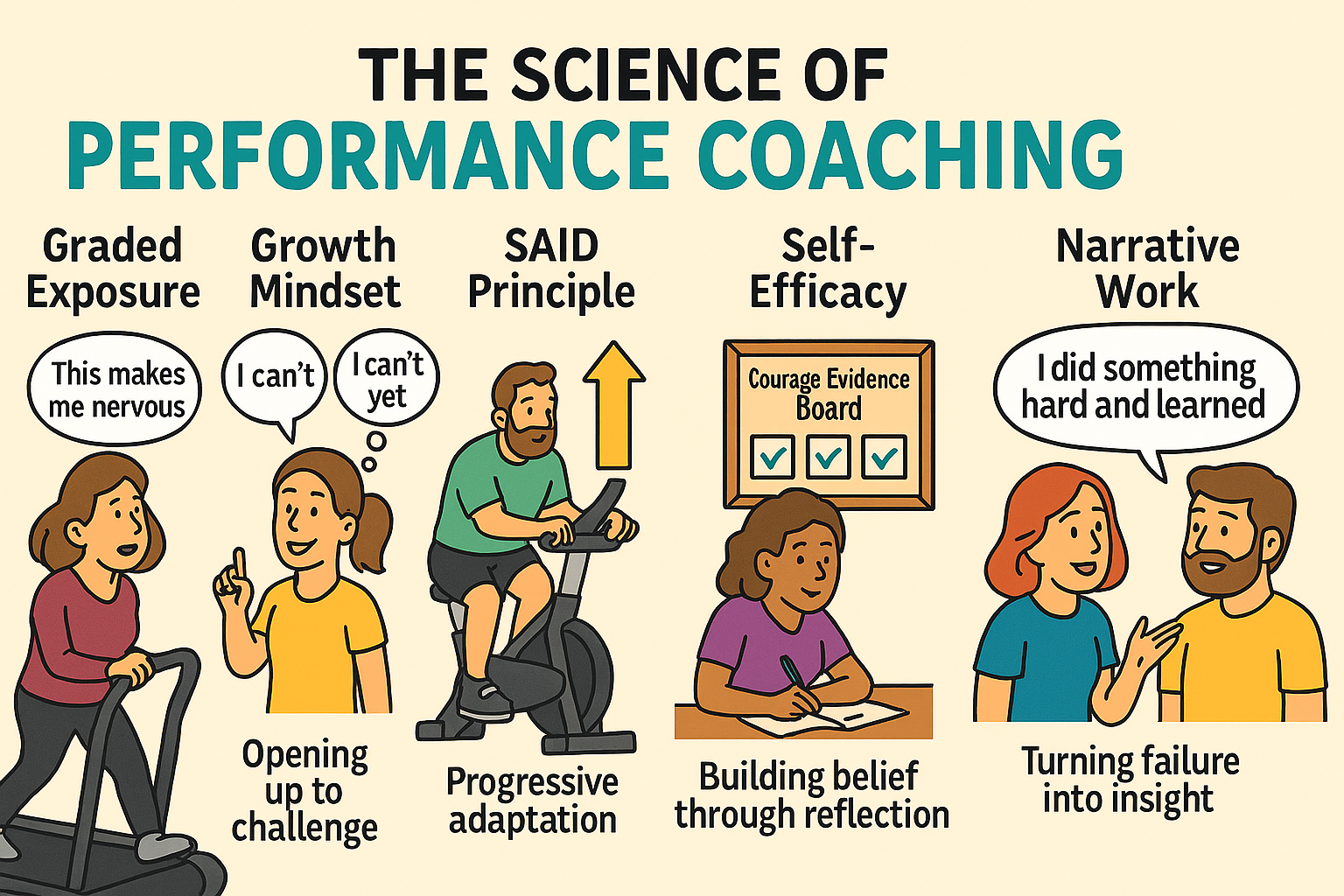
This visual guide breaks down the five key psychological principles behind effective performance coaching: Graded Exposure, Growth Mindset, the SAID Principle, Self-Efficacy, and Narrative Work. Learn how each concept helps clients build confidence, resilience, and lasting behavior change—one courageous rep at a time.

1.) Share your experience at Prototype It’s hard to believe that I have been part of the Prototype family for almost a year!! I remember looking at a photo of myself last Mother’s Day & couldn’t believe that in a relatively short time, I had gained so much weight. Being a Mom of 3, & working full time had taken priority over exercising & working out. My daughter Caroline wanted to check things out at Prototype for soccer strength training, as my son Jack has had a positive experience since he joined in 2020. When Caroline & I came in for an initial meeting with Steve, I knew I had to prioritize myself & start my own fitness journey. I quickly realized that I couldn’t do my best for others if I didn’t start with bettering myself first. 2.) What is your favorite part about being at Prototype? Initially I needed accountability to to get myself here. I worked out because I didn’t want to let anyone down. I had a planned workout & I needed to show up. Then, I started to see a shift in my body- I was building muscle, sleeping better, losing weight & feeling better about myself. The hard work was starting to paying off!!! I also love working out with my kids- Jack & Caroline. Emily is coming soon & then hoping to get the Mr in! 3.) What are your hobbies and activities? I love spending time watching my kids play sports. 4.) How has Prototype helped you or solved a problem for you? I recently started a new position at work which requires me to present to larger groups. I feel so much more confident. I am surrounded by really smart people here- they motivate me professionally & physically. 5.) What are you continuing fitness goals to this point? Fitness & strength training is a journey. I have formed strong, consistent habits that I am now able to maintain on my own. It doesn’t end with me fitting into a smaller pant size (which I am so happy to say I am!!) it evolves. I watch my 83 year old Father thrive because he lives by moving his body & exercises his mind. That’s my goal & PTS helps me everyday with that!!
Climb to New Heights
Prototype Training Systems is more than a gym - it is a lifestyle. Join us today!

